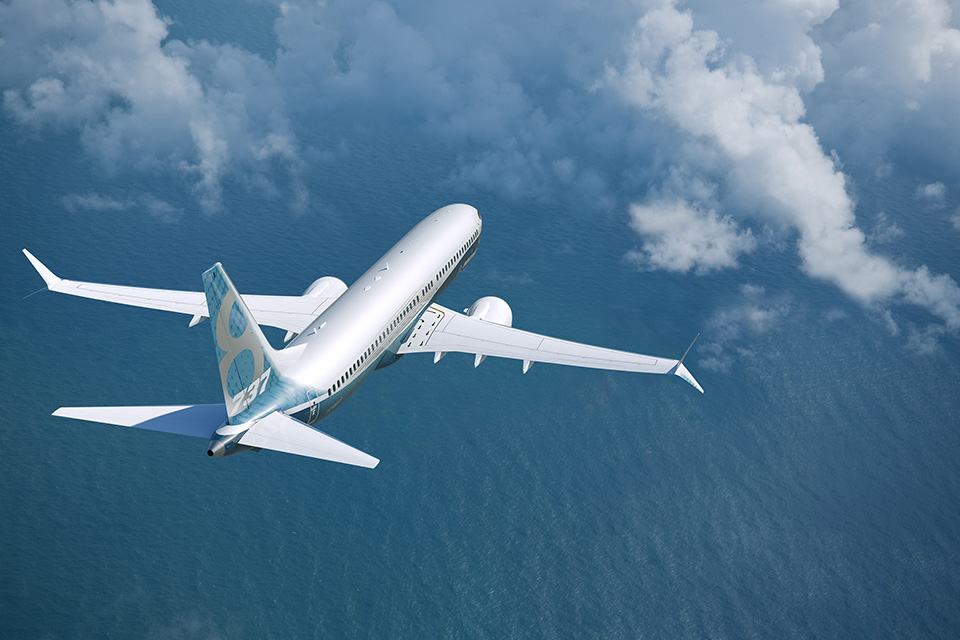 A high-profile former Boeing employee has presented a slew of unanswered safety questions on the 737 MAX, despite its global recertification, and suggested not enough has been done to make the plane safe.
A high-profile former Boeing employee has presented a slew of unanswered safety questions on the 737 MAX, despite its global recertification, and suggested not enough has been done to make the plane safe.
It comes as the EU has given its official green light for the MAX to return to commercial service, following authorities in Canada, Brazil and US who have all done the same since November 2020.
Ed Pierson, a high-profile former Boeing employee and retired US Navy captain who testified as a whistleblower before Congress in 2019, has long believed that the 737 MAX was plagued with production problems, many of which have not yet been addressed in certification efforts.
Pierson has produced a paper describing what he calls “a chaotic and dangerously unstable production environment” within the Boeing 737 factory in Renton, which ultimately caused faults and “unexplainable electrical anomalies”.
The ex-Boeing employee said that the majority of the MAX’s problems are a direct result of Boeing staff being pushed to produce aircraft at an unachievable rate, which caused safety compromises.
Pierson said that Boeing factory employees at the time were struggling with “a huge rolling logjam of unfinished airplanes” and “relentless schedule pressure”.
He claims: “One in 25 MAX airplanes had already experienced a safety incident within the first year of being in service, two of which happened to be fatal crashes.”
“These repetitive faults are telltale signs of system failures,” he said.
Pierson stated that there were 13 additional safety incidents involving a 737 MAX built between 2017 and 2018, in addition to the two fatal crashes that killed 346 people, sparked the global grounding of the aircraft, and resulted in Boeing’s ongoing legal battle.
According to Pierson, the incidents ranged in severity and cause, with some involving engine troubles, others hydraulic faults, or instrument issues.
“In seven of these safety incidents, the pilots had to execute an emergency divert or had to return immediately to their departure airport,” Pierson said.
“During six of these incidents the pilots transmitted at least one urgent emergency communication message. On average, these incidents occurred within eight months of the relevant aircraft’s first flight.”
He added: “Most shocking of all, 11 of these 13 safety incidents occurred in the five months between the Lion Air crash and the Ethiopian Airlines crash. Thus two safety incidents per month.”
Pierson said that such a track record of safety incidents is “unprecedented in modern-day aircraft”.
He added: “The conditions within the production environment could have easily led to mistakes that affected the airplanes’ critical electrical system.”
He said: “The FAA’s recertification fixes fail to adequately address these issues.
“How can we trust the airplane is ‘100 per cent safe’ when basic questions arising out of the accident investigation reports remain unanswered?”
Pierson concluded by urging regulators to continue to investigate the MAX, ensure all electrical malfunctions are avoided, and fix systemic failues, or risk the safety of the flying public.










